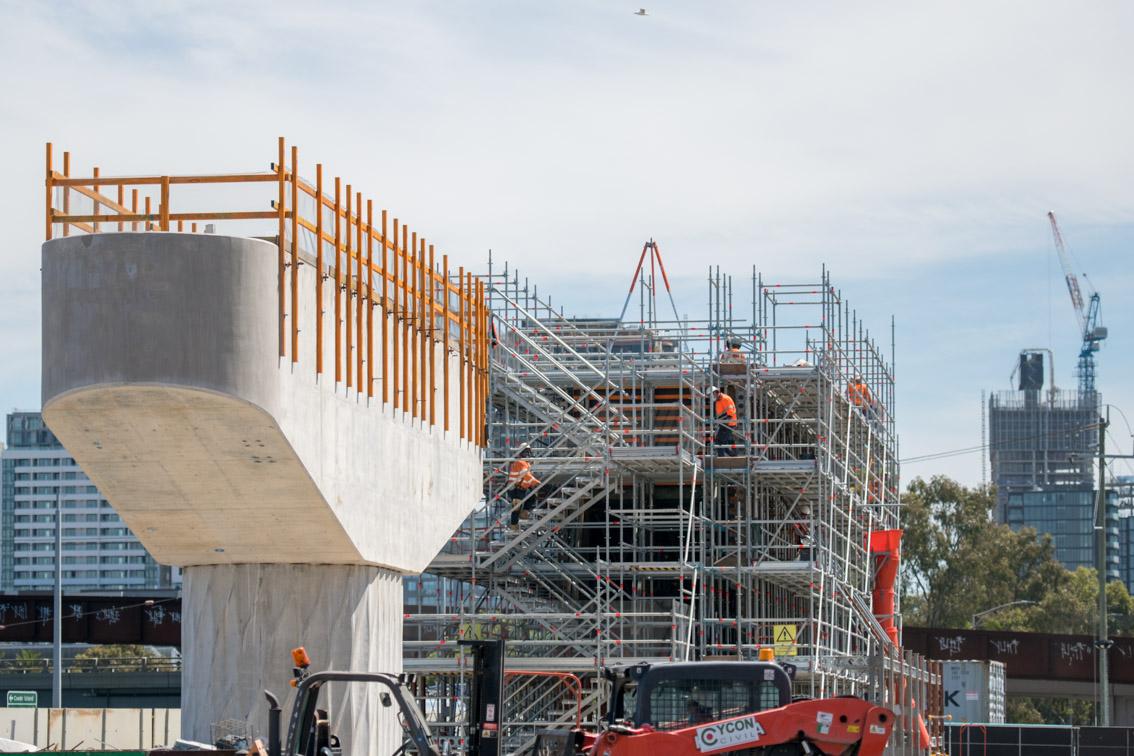project lifecycle
Make choices for the real world.






We focus upon our clients objectives, its business, delivery and operational strategy.
Our experienced team will plan, execute, monitor and control the delivery with managed risk through each phase of the project lifecycle.


We assist clients to better understand available options, develop technical solutions and balance outcomes and financial returns

We work with clients to ensure project funding is available at the times it is needed.
We implement robust project governance over our project management and procurement activities to achieve the needs of funders and investors.

The project brief is transformed into a functional design to adhere to the budget and scheduled timeline.
Followed by implementation of robust project governance to achieve deliverable contract agreements and satisfy the needs of investors and funders.

We work with our clients to develop a timely contracting strategy which is in line with the funding needs and achieves a balance of risk appropriate to the scope and risk appetite.

The delivery of the project phase is conducted in accordance with the project execution plan.

During project close out, projects are handed over to operations including.

At all stages of design, delivery and commissioning the implementation of processes, systems and procedures which reduce operational risks and confirm operability and maintainability, are imperative. We offer advice and contribute to projects through facilitation of, and participation in:

Our primary aim is to develop contracting strategies and distribution of risk which avoids disputes. From time to time, disputes do arise and our team have the skills and experience to deal with them quickly and effectively while protecting corporate risk.